|
0 Comments
Did You Know? The older your water heater, the more likely it is to breakdown. If it’s over 10-years old, or you just want more hot water and lower energy bills, it’s time for a new water heater! PRO-Tip:
Mineral deposits can build-up in your water heater over time, covering elements & thermostats or even blocking heat exchanger passages. Using a water filter can help protect your water heater from scale build-up that causes problems. by Tom Casey, Owner of Griffin Service The Good News In 2016, 90% of US households had water that was compliant with EPA standards. The Bad News That means that 1-out-10 people reading this could be using and consuming non-compliant drinking water. Shortages The average Floridan uses approximately 158 gallons of water per day. New housing developments use much more water than older homes, with as much as 67% going towards irrigation. Overdevelopment has begun depleting the precious drinking water supply and will only continue to worsen as more & more developments pop-up. Too Close In 2015, 7.5-million people received water from Florida utilities that violated drinking water standards. One report even ranked Florida 2nd worst in the nation for drinking water. EWG’s 2018 report on JEA’s water showed (5) contaminants detected above health guidelines, including:
There were (8) other contaminants detected as well. Common Sources - Most likely pollution sources include;
Solution Options
Water softeners can help with the following benefits;
Whole-House filters can help with the following benefits;
Point-of-Use filters can help with the following benefits;
How Do You Know? Water that's safe to drink should ideally be clear with no odor or funny taste. One sign that water is potentially contaminated is to look for cloudiness. While cloudy water doesn't necessarily mean it’s dangerous to your health, but it could signal the presence of unsafe contaminants. Water with any type of discoloration is generally not good; different colors indicate different potential issues. The best way to know is to test, not guess, typically two tests; Ph and TDS (total dissolved solids). by Josh Longino, Showroom Manager, Stewart Lighting It’s your dream home. It’s gorgeous. You love everything about it...except the lighting. Maybe you’re not satisfied with the quality of your new home’s builder grade lighting, or perhaps the style and design of your light fixtures does not match your taste. Stewart Lighting in Jacksonville has been helping local families find the perfect lighting for their homes since 1975.
"We know that lighting can set the tone for a space with one quick glance, and we upgrade lighting and fans for homeowners each and every day," says our owner, Greg Stewart. "One of the greatest benefits we offer is our ALA certified design consultants who are trained and experienced in creating stylish spaces with an appropriate lighting scale.” Listed below is a guide to help you decide on the perfect interior and exterior lighting to allow your personality to shine through and transform your space. Lighting Fixtures - Lighting has become an integral part of designing a home. Whether your home’s design is coastal, rustic or modern, it’s important to select a fixture that fits into your design. Choosing the right size fixture for your home can be challenging, so be sure to consider the room size and ceiling height when making your selection. The function of a room will determine the amount of light you need. Some rooms require task lighting and others need ambient lighting so think about how you will be using the light in each space. Selecting fixtures that flow and coordinate throughout each room will result in a truly personalized dream space. Ceiling Fans - Living in Florida, quality fans are a must have in our homes. Technology in fans has improved drastically in recent years. Using the latest in DC motor technology, fans are running quieter and more efficiently than ever. These motors allow fans to move more air and use less energy than previous models. Manufacturers have begun to incorporate WiFi technology to allow seamless integration with home automation. Ceiling fans, like lighting, range in style from contemporary to farmhouse and are available in indoor and outdoor models. Exterior fans are UL rated for damp or wet locations. With the harsh Florida climate, a wet-rated fan is going to perform better and last longer. LED - Using LED technology is a great way to cut down on your energy bill and reduce your carbon footprint. LED bulbs last up to 50 times longer than an incandescent bulb and consume a quarter of the energy. And unlike compact fluorescents, LEDs do not contain harmful mercury. All LED fixtures are not created equally. Check the warranty and rated life to ensure that you’re getting the best product available. The color scheme in your home should also be considered when selecting the color temperature and lumens of your LED recessed cans and under-cabinet lighting. Outdoor Lighting - Choosing correctly sized outdoor lanterns can seem difficult. Homeowners tend to worry about lanterns being too big, but actually slightly over scaling is better. It’s also important to consider quality of materials when selecting outdoor lighting. Aluminum and resin are great affordable options, but copper and brass are the most sustainable as they will age naturally and weather well in our climate. Whether you prefer in-home or in-store consultation, Stewart Lighting will provide assistance in fixture selection, placement, sizing and performance. Our experts can help you determine the right products for your home and we pride ourselves on quality customer service. We look forward to helping you light a space you’ll love. Remember, it’s your dream home and it’s gorgeous. You should love everything about it, including the lighting. For more information visit http://stewartlighting.com/ by Tom Casey, America's Most Awarded ContractorNow, don’t get me wrong… I’m not saying you’re a cyborg; part human, part machine! What I am saying is that the components of your A/C system function very similar to how your body’s systems function to keep you alive & well. Let’s compare some basic physiology to various A/C system components.
Thermostat Your thermostat is the “brain” of your A/C system. It’s the device that sends signals for your system to turn on & off, speed up or slow down, and even when to save energy when you’re not home. If your thermostat malfunctions, little else will operate correctly. Compressor The “heart” of your A/C system is your compressor. This device is what pumps refrigerant to create the cooling or heating effect you’re looking for depending on the season. Refrigerant is like the “blood” and is what gets circulated by the compressor to the various components in your system to create the “cool” or “warm”. Blower Your blower inside of your air handler is like the “lungs” of your A/C system. This component is what moves the actual air to & from your home, the same way your lungs inhale & exhale. Just like your lungs, blowers can move adequate or inadequate amounts of airflow depending on the overall “health” of your system. If your blower is “out of shape” your A/C system will have a hard time breathing properly. Ductwork The network of ducts running to the various areas of your home is like your “circulatory system”. This system of supplies & returns, trunks & branches act just like your veins & arteries in your body, bringing air to & from your air handler to be cooled or heated, then recirculated back again. Similar to blowers, ductwork can circulate adequate or inadequate amounts of airflow depending on their condition; i.e. dirty, clogged, restricted, undersized, etc. Filters/Purification Your air filters and other devices that clean & purify the air in your A/C system are like your “kidneys & liver”. The same way these critical organs clean & purify your blood and body, your filters keep your system and air that you breathe clean & pure too. Also, just as there are things you can do to enhance the performance of your body in this regard, there are different types of filtration and purification to improve the air quality in your home too. Evaporator & Condenser Coils During cooling mode, the indoor coil that “absorbs” heat from the air inside your home is called an evaporator coil, while the outdoor coil that “rejects” the heat to the outside is called the condenser coil. These coils are part of the refrigeration system and are responsible for absorbing and rejecting heat to regulate comfort, similar to how your “skin” works for your body. And, just like your skin, if you cover or block these coils with dirt or debris, their ability to work properly goes down dramatically. Both of these coils must be kept clean so that they can effectively and efficiently take the “heat” from where you don’t want it (inside) and dispose of it where you don’t care (outside). So, there you have it. Now you know that you ARE more like you A/C system than you ever realized. With this new knowledge, you will be able to amaze your friends and family with your expertise, as well as prevent little issues from turning into big ones because you understand the purpose of your A/C system components better. by Tom Casey, America's Most Awarded ContractorDon’t take my word for it.... that’s directly from Energy Star, the government-backed program that helps us all save money and protect our environment with energy-efficient products and practices.
Let’s put this into reality. Look at your neighbor to the left. Now look at your neighbor to the righ. Likely, on e of them has incorrectly installed cooling and heating systems. Or, maybe your the monkey in the middle? Statistically, at least ONE of you has major problems. Improperly installed systems do NOT last as long, plus they can also cost up to 30% MORE to heat and cool your home. That means more money replacing systems sooner than you need to, plus all that wasted money on monthly utility bills for as long as you own the system. Properly sized and installed systems are BETTER: Better Comfort Better Quality Better Performance Better Reliability Better Energy Savings How Does this Happen? The OLD Way of installing HVAC systems was the “cookie-cutter” approach. You know how it goes: one size fits all, we have always done it that way, bigger is better, or some other HVAC myth. And, let’s not forget that our houses are the result of all the lowest bidders by trade, doing the least amount of work possible to comply with minimum building codes, all for the cheapest price.. Note - Building Code is only the lowest permitted standard allowed by law. How do we fix It? The New Way is all about customized solutions, precisely designed for your home and family. It starts with making sure these 4 mistakes are avoided and/or corrected; improper sizing; incorrect airflow; incorrect charge, and duct leakage. It's not just about “changing boxes” or equipment. This requires more than just swapping your existing systems with new ones. Problems are not solved by equipment alone. In fact, WHO and HOW your system is installed by is far more important than what BRAND you select. A top brand with a poor installation is not as good as a basic brand with a quality installation. Study after study finds that 90% of systems tested had at least one operational deficiency. Ensuring your system operates in the top 10% doesn't happen by accident. Properly sizing your systems, then confirming the capacity of your existing ductwork to handle the required airflow are just the beginning, Once everything is sized correctly, strict quality processes to ensure a clean dry piping, leak-free duct connections and detailed system set-up and configuration. Then properly commissioning to verify correct refrigerant charge, actual airflow and more. Lastly, a quality follow-up process to confirm everything a short period after initial start-up. The Results Properly installed systems go wat beyond just blowing “cold” air in the summer and “warm” air in Winter. They improve your comfort year-round, under all weather season or conditions. Additionally, they create cleaner healthier indoor air too. Properly installed systems provide optimal safety and energy efficiency. They precisely match your needs for the best solutions for your family. Once of the most compelling reasons for properly sizing and installing HVAC systems is COST. These systems have an overall lower cost of ownership than their “cookie-cutter” counterparts. They cost less to operate. They are more reliable, and have LESS Breakdowns. They don't have to be replaced as often, because they LAST LONGER. by Tom Casey, America's Most Awarded ContractorHumidity is an invisible force, that’s easy to overlook. Yet, it’s essential to our comfort and health at home and at work. As humans, we’re designed to live within a certain range of environmental conditions. Too HOT, too COLD, too WET, too DRY… our bodies can’t handle it and don’t like it.
Too hot or too cold are easy to recognize, because you can literally feel extreme temperatures. Too hot or too cold are also relatively easy to resolve with a simple adjustment of your thermostat. We Thrive Within a Certain Humidity Range Too dry (not a Florida problem), and our bodies get dehydrated. Too wet/humid (definitely a Florida problem), and we encounter risks like bacteria growth and getting overheated. Too much humidity is UNCOMFORTABLE and our bodies are less efficient getting through our daily tasks. Hot & Humid Living in Florida, which is technically defined as a “hot, humid” climate zone from an engineering perspective, we face the daily challenge of battling the environment. Florida suffers from excess indoor humidity year-round. In fact, it may even spike in winter months when it’s too cool for our thermostat to call for AC. Our central air conditioning technically is a dehumidifier of sorts… BUT, only when it’s actually running. Unfortunately, many systems are actually OVERSIZED (too big), so they end up running less, and as a result dehumidifying less too. Then, there’s mild days when the temperature is great, but the humidity is higher, like rainy days when the AC won’t turn on at all. If the AC does not run, it cannot dehumidify! The Impacts Short term, high humidity is purely a DISCOMFORT issue. You can feel it in the form of “sweat” or “stickiness”. Like the title says, “It’s not so much the heat, as the humidity”. Too much humidity makes you “feel” warmer, with that sticky, clammy sensation. You know the one! Long term, high humidity can lead to infections, disease, and compromise the integrity of your home or facility. It’s often harder for us to realize that humidity can be harmful too, not just uncomfortable. The impact of humidity – and the mold & mildew that thrives in a high humidity environment – will affect your health and wallet. Dust mites love high humidity, and are widely known to aggravate our allergies and asthma. Even worse, humidity is a breeding ground for microbials like mold, mildew, and other nasty things. Microbials can be dangerous, making you sick and reducing your immune system, increasing your susceptibility to sicknesses. Certain nasties can be especially dangerous and even deadly if they enter our bodies. More Extreme = More Problems Mold and other microbial contaminants can penetrate porous surfaces and materials like dry wall, wood, HVAC insulation, duct board, etc. This level of contamination not only looks unsightly, it can also compromise the strength and integrity of our homes. Living in a hot, humid climate, many of us have mold or mildew growing; we don’t have to see it to have it. However, if we can see it, it’s most likely at a dangerous point, and needs to be addressed ASAP. In most situations, we recommend Relative Humidity at 50% or lower. For a lot of us Floridians, that means investing in DEHUMIDIFICATION. Common Problems •Condensation on cool surfaces like ductwork, HVAC vents, air handler cabinets, water lines, etc. •Microbial growth from “standing water” that collects from condensation, which helps the nasties thrive •Water staining around “cool junctures” that penetrate ceilings, etc like around HVAC supply vents •Allergy & asthma aggravation from system airflow circulating inside air handler and ductwork every time your AC turns on, that are contaminated with microbials •Warping, rotting building assemblies that can be costly to repair Lowering the thermostat to a lower setpoint so that the AC runs longer is known as “overcooling”. While this may seem like a potential solution, it is both costly and ineffective. In some cases, it can actually make the problem worse! The Solution A whole-home DEHUMIDIFIER can be installed either by itself or attached to your HVAC system to resolve high humidity problems. A central system will protect your furnishings and belongings from warpage, rot, mold, mildew, etc. It will also reduce growth of allergens like mold, mildew, and dust mites. Additionally, a dehumidifier can help eliminate musty smells too. by Tom Casey, America's Most Awarded ContractorLike most things in our lives, technology has had dramatic impacts on the way we cool and heat our homes. In fact, with so many choices, it’s often confusing trying to figure out “what’s what” to be able to make an intelligent investment. A personalized approach to your comfort is crucial because it’s just as unique as you are.
The are (3) basic types of A/C systems: Single-Stage Two-Stage Variable-Capacity Each has its proper place in any neighborhood, based on our individual goals & objectives. Single-Stage Just as the name states, this type of system is either 100% “ON” or 100% “OFF”. These systems are more efficient (than existing systems) and contain many modern comfort & safety advances. They are sized for the MAX cooling load, so for a substantial number of hours every season they are actually “over-sized” and tend to short cycle (turn on/off more frequently). Often, indoor humidity is higher with these systems. Two-Stage Unlike the single-stage, a two-stage system can operate at “full load” OR “part load”. The LO-stage is normally 70% of the total capacity, while HI-stage is 100%. While two-stagers are also sized for MAX loads, they can automatically reduce capacity under “part-load” conditions, which are the vast majority of hours daily. Longer run times at reduced capacity translate directly into more even temperatures and lower indoor humidity levels. These systems have major technology upgrades, that also make them even more efficient, quieter, and self-diagnosing. Variable-Capacity These are the most efficient systems you can buy for your home. They leverage all the latest & greatest technology, including Inverter Technology, that allows them to modulate from roughly 30% MIN capacity, all the way to 100%, and any place in-between based on ACTUAL indoor temperature and humidity conditions. These systems deliver optimal comfort and efficiency, perfectly matching capacity for virtually all different weather conditions. Variable-Capacity systems are like Cruise-Control for your home comfort. What Type of Homeowner Are You? When you make home improvements to your home, do you usually do the cheapest thing you can, or the very best? Single-Stage systems offer your lowest first cost, simple, basic “old-fashioned” on/off technology. Think of these as “code-compliant”; aka, the lowest standard allowed by law. Two-Stage systems offer a middle-of-the-road initial investment, with upgraded technology and improved comfort. These are the modern homeowner’s new “standard”, the real value sweet spot. Variable-Capacity systems are the top-of-the-line best, and have the highest initial investment, but also the biggest & fastest payback. These are for people who want the very best in terms of technology, efficiency, and comfort. Every homeowner dreads the day when their AC goes out. You’re sweating or freezing; who do you call, how long will it take, will they be able to fix it? The issue could be simple, and easily repaired. Or, it could be an expensive waste of your money. What should you do?
First, ask, are you happy with the comfort? Are the temperatures even, humidity comfortable, air clean? How are your utility bills? Those are minimum criteria. Next, how old is your system? Energy Star says any system’s over 10-years old is a candidate for upgrade. Average life of an A/C is 10-12 years, even less in FL! Repair vs Replace This can be a difficult decision, requiring an investment into your home to keep life humming along uninterrupted. Anything can be repaired, and 80% of the time a repair is all that’s needed. It’s the other 20% that’s tricky. How do you make a smart decision? Here are a few factors to guide you: Age 12-years is the magic number. Breakdowns get more frequent on older systems, and costs start piling up to the point where you might actually be “paying for a new system” but just not getting one! Over 15-years, you’ve entered the Danger-Zone. Extent of Problems Minor issues should be repaired; clogged drains, minor electrical problems, simple control upgrades, capacitors, topping off refrigerant charge, etc. Major issues should raise a flag to consider replacement as the smarter alternative; coil replacements, blower or condenser fan motors, compressors, refrigerant leaks, etc. You want to avoid throwing good money after bad. Cost of the Repairs There is a simple formula to help make the initial determination of whether it makes more sense to repair or replace. If you make the following calculation, and it is more than the average cost of replacement, typically $5000-7000 for a basic system, replacement is recommended. Repair Cost X Age of System > $5000 (replace) Repair Cost X Age of System < $5000 (repair) Efficiency Anything with an efficiency rating less than 13-SEER is a good candidate for upgrade, depending on the other factors. Your AC is a mechanical system, and over time it starts to wear down. As is wears down, efficiency starts to decrease a little more every season. New systems can operate at almost TWICE as efficient as old ones! Repair Frequency Typical HVAC systems require some type of repair every 3-years+/-. If your system has experienced more than three repairs in 10-years, it could be time to consider an upgrade. As your system ages, the frequency of repairs (and repair costs) are only going to increase. Sizing If your system doesn’t work as well as it once did, it might be time for a replacement. Similar to efficiency, as your system wears down, capacity will decrease a little every year, so it’s just not able to keep up anymore. Additionally, if your system is UNDER or OVER sized, upgrading is smart decision. A Little Perspective If your AC were a car, you could potentially drive 8760-hours annually. Cut that in half, that’s still 4380-hours of run time. At 55-mph, you’d drive (“run”) over 240,000 miles a year! That’s 10-trips AROUND THE WORLD every year. We upgrade our cars every 4-5 years, and I’m guessing it’s way before anywhere close to a QUARTER OF A MILLION miles. Even at the 10-year mark, your HVAC system has gone enough “miles” to go to moon and back five times! Planned Replacement is smarter than emergency replacement every time! |
AuthorLocal business owners with helpful tips and information about improving your home Archives
March 2020
Categories |
Proudly powered by Weebly
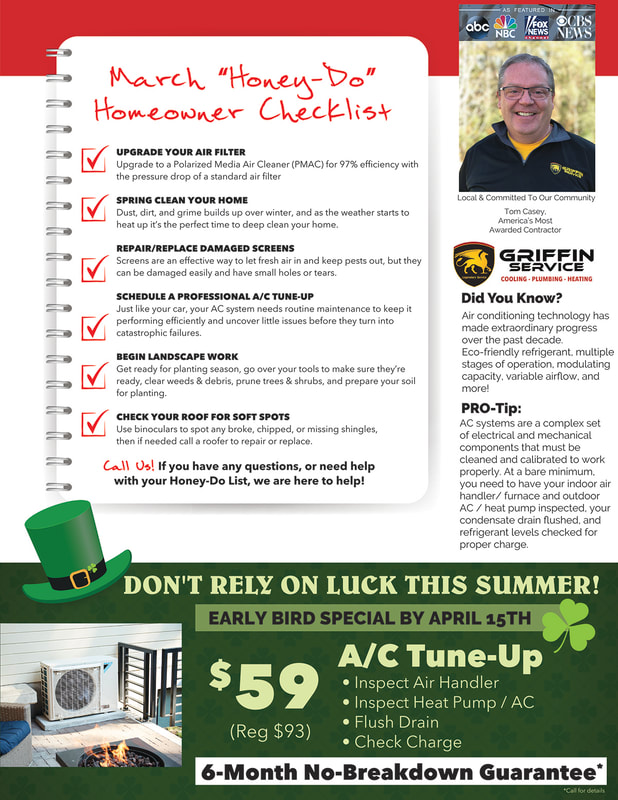
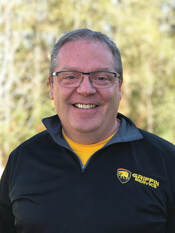
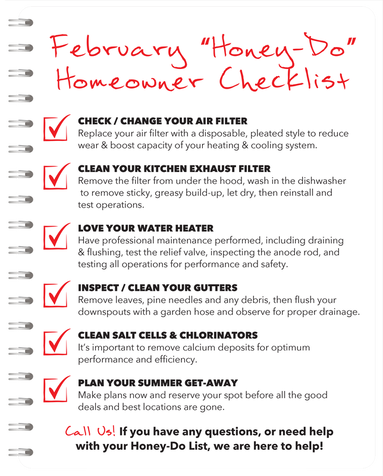
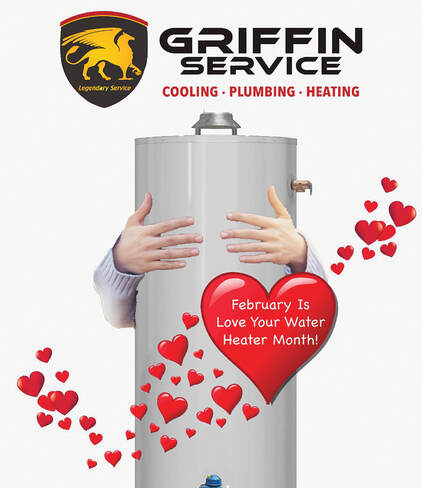
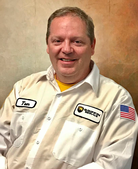
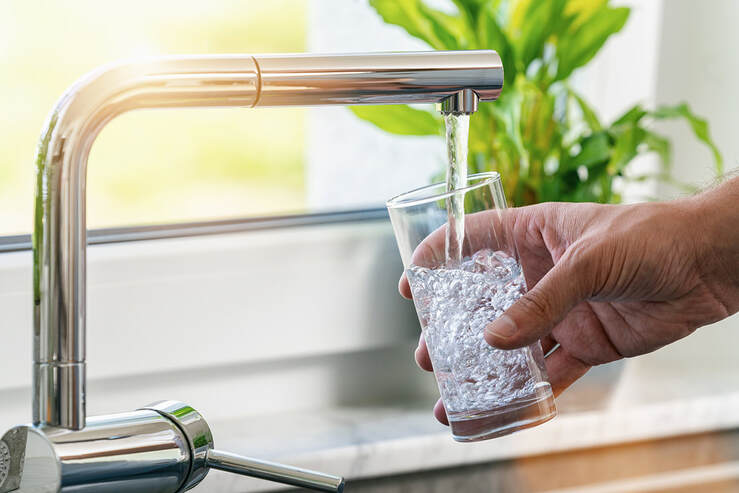
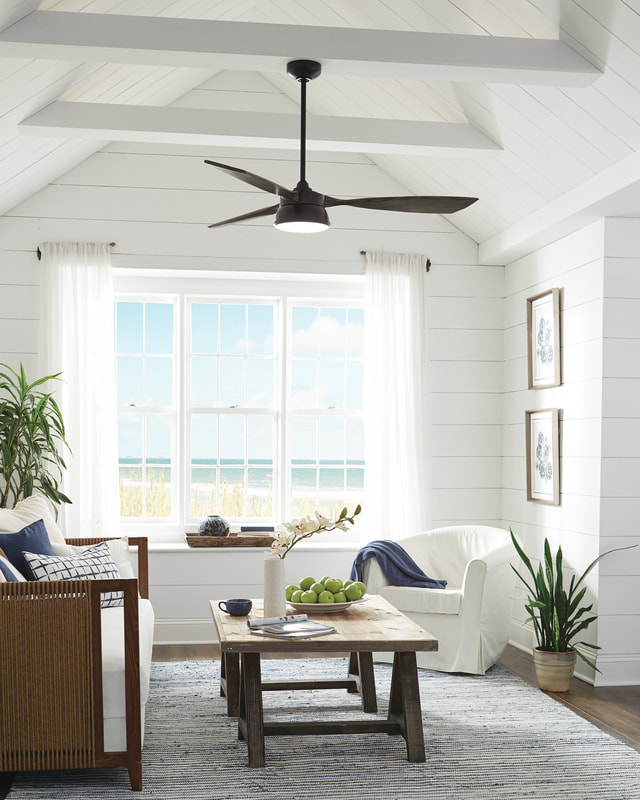
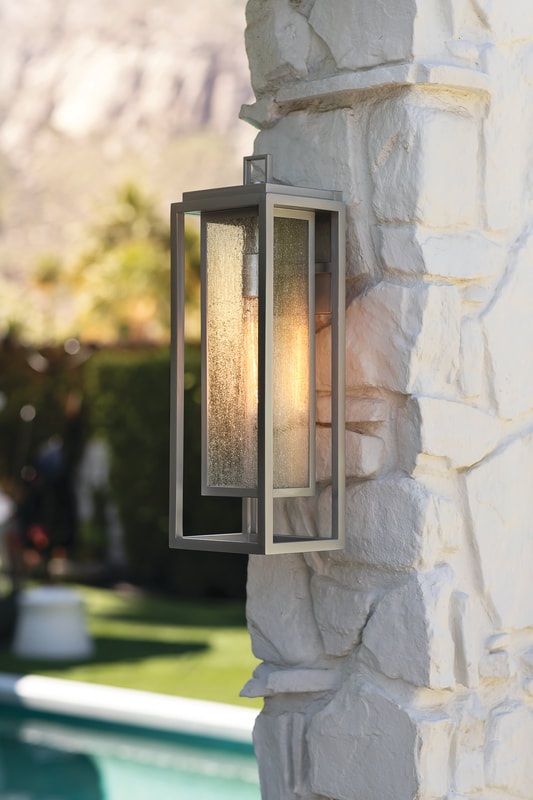

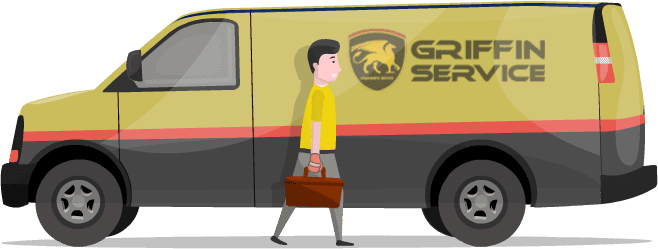

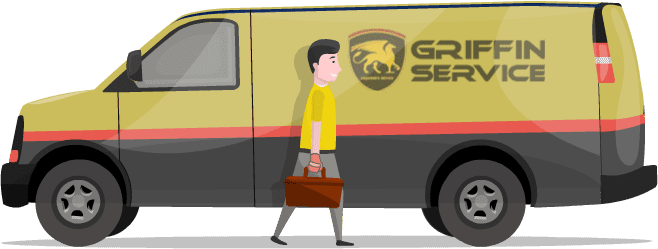

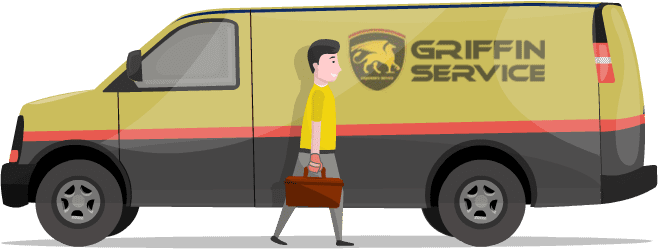

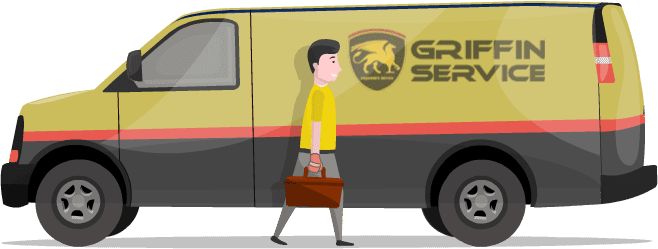

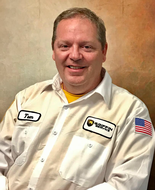
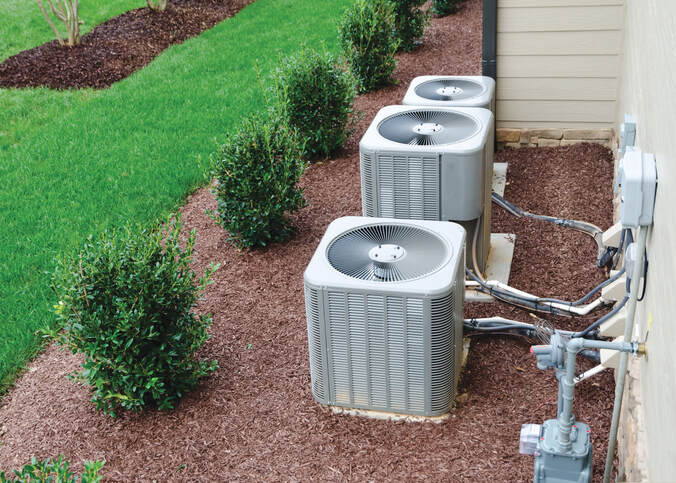
 RSS Feed
RSS Feed
